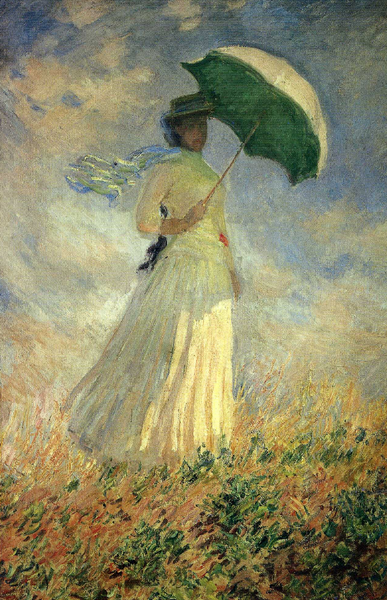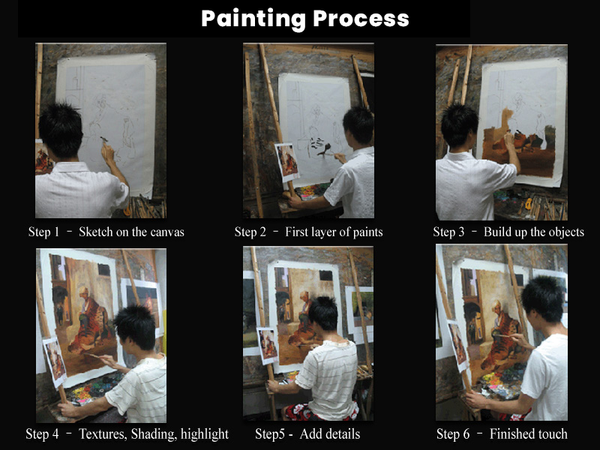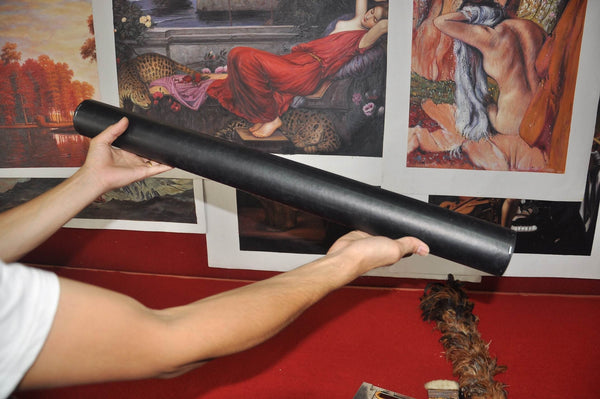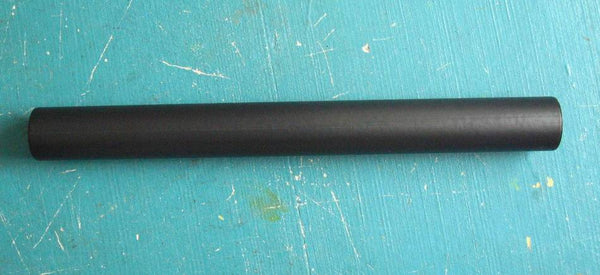The Promenade Woman with a Parasol-Facing Right | Claude Monet | 1875 | Small 24" X 20"
*Your order will be shipped only Oil Painting on Canvas rolled in a safe round Mail Tube. Please be noted it is not coming with frame.
** Item will be delivered to the shipping address in 3 weeks since hand-painted ordered item needs to be completed for 2 weeks. Please be advised this turnaround schedule!!
How you get the Hand-Drawn Painting
-From order to deliver
✔️ Order Placed
✔️ Reproduction Artist drawing and Finishing
✔️ Clean-Up the painting
✔️ Cover the painting with Safe Film
✔️ Roll the painting with the safe file
✔️Pack the roll of the painting into the Mailing Tube
✔️Shipping
Your order is hand-painted on canvas artwork , not a printed. it is wrapped in a film to prevent damage to the painting and placed in a round mail tube. We ship this tube to you. So, you will receive a hand-painted painting in the canvas that is unlikely to be damaged. Of course, the work of art will be nearly identical to the original masterpiece.
Once you receive the paintings, you go to a nearby picture frame shop, make a picture frame that matches the atmosphere of the interior and hang it on the wall, and you will have a work that can be passed down from generation to generation.
Monet's Masterpiece which reproduced with oil painting on high-quality canvas.
An experienced artist has invested more than two weeks of time to recreate this artwork by Monet that will adorn your home or office.
Background : From a distance of ten feet or so, Monet's brushstrokes blend to yield a convincing view of the Seine and the pleasure boats that drew tourists to Argenteuil. Up close, however, each dab of paint is distinct, and the scene dissolves into a mosaic of paint—brilliant, unblended tones of blue, red, green, yellow. In the water, quick, fluid skips of the brush mimic the lapping surface. In the trees, thicker paint is applied with denser, stubbier strokes. The figure in the sailboat is only a ghostly wash of dusty blue, the women rowing nearby are indicated by mere shorthand.
In the early years of impressionism, Monet, Renoir, and others strove to capture the fleeting effects of light and atmosphere on the landscape and to transcribe directly and quickly their sensory experience of it. Monet advised the American artist Lilla Cabot Perry, "When you go out to paint, try to forget what objects you have before you, a tree, a house, a field or whatever. Merely think here is a little square of blue, here an oblong of pink, here a streak of yellow, and paint it just as it looks to you, the exact color and shape, until it gives your own naïve impression of the scene before you."
Claude Monet was in almost every sense the founder of French Impressionist painting, the term itself coming from one of his paintings, Impression, Sunrise. As a child, his father wanted him to go into the grocery business, but his heart was in the profession of artistry, and at age 11, he entered Le Havre secondary school of the arts. During his stay at the secondary school, he was known for the caricatures he would draw for the locals for ten to twenty francs each. Five years later, he met artist Eugene Bouldin, who taught him the techniques of “en plein air” painting and became his mentor. At the age of 16, Monet left school for Paris, where instead of studying the great artworks of the masters, he sat by the window and painted what he saw outside.
When he was twenty-one years old, he joined the First Regiment of African Light Calvary in Algeria, for a seven year tour. But his stay was cut short after two years when he was hit by a bout of typhoid fever, and his aunt arranged for his release, as long as he continued his art studies. Upon his return to Paris, he studied the “en plein air” methods, along with Pierre-Auguste Renoir, Frederic Bazille, and Alfred Sisley, and developed the painting style that would soon be known as Impressionism. Upon the outbreak of the Franco-Prussian War, Monet fled to England, also traveling to the Netherlands before his return to Paris, after which he exhibited many of his works in 1874, at the first Impressionist Exhibition.
*All drawings drawn from the original paintings are hand-drawn by the reproduction artist on canvas. Therefore, it cannot be 100% equivalent to the original artwork. If you want a 100% identical picture, it is correct to look for the one printed on the printer, not the one drawn. Please be mindful of this and make sure there are no mistakes in your order.









